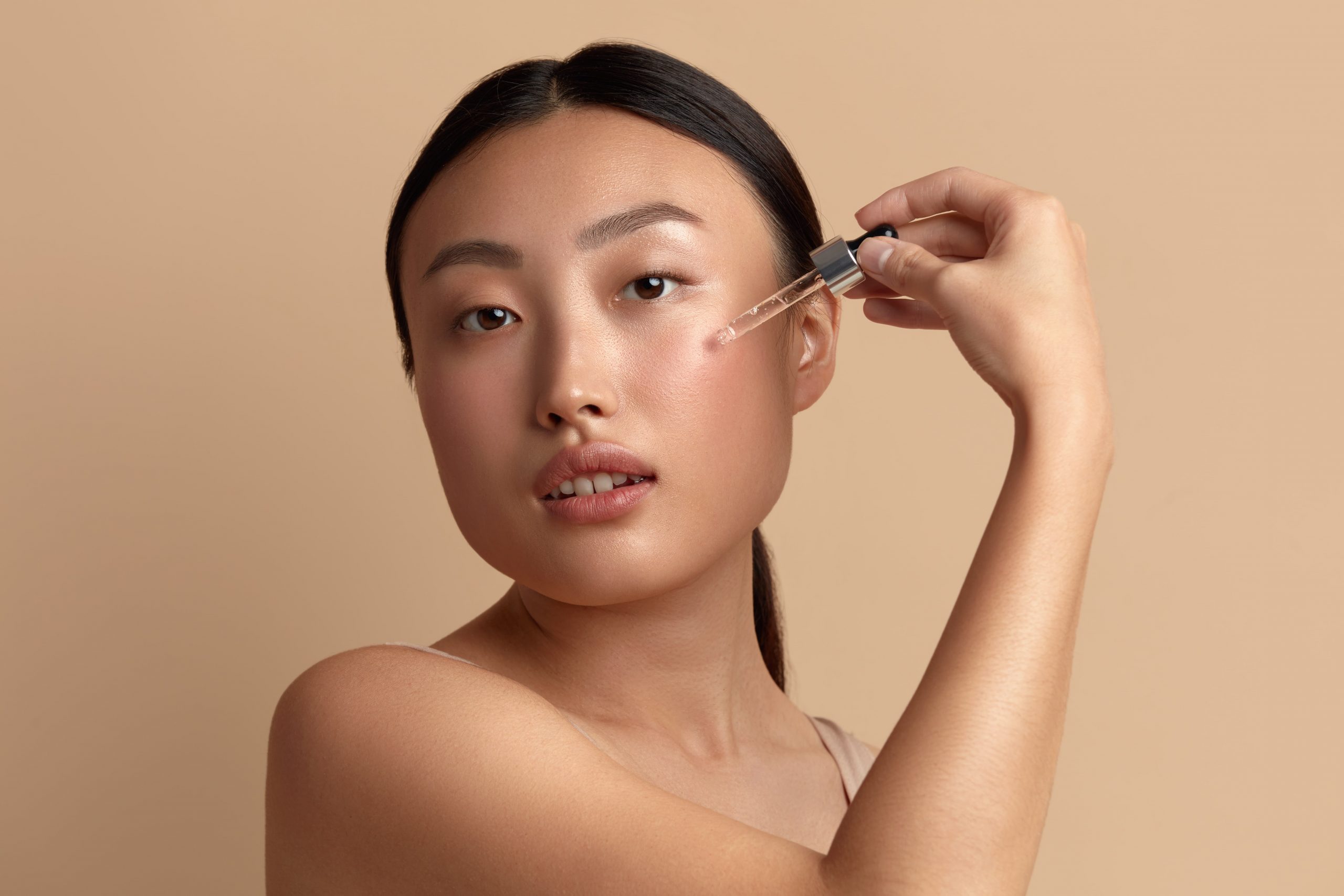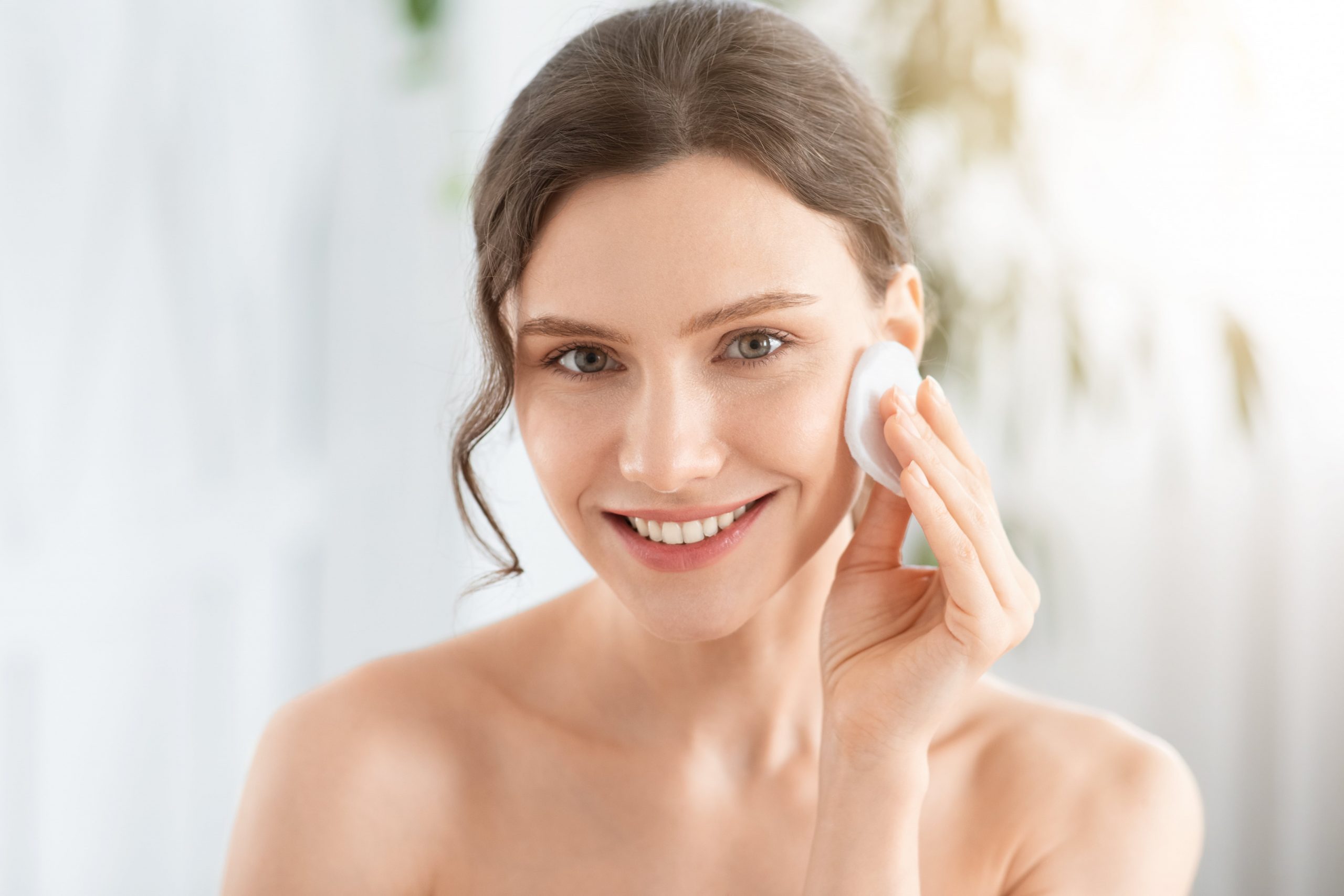Adding a serum to your skin care routine is a great way to give your complexion the boost it needs. But it’s important to choose the right type of serum for your specific needs, as well as learn how to use them effectively.
Different Types of Serum for Face
There are different types of serum for every skin concern, including dryness, dullness, acne-proneness and aging. To ensure you’re choosing the right one, start with a consultation with a dermatologist to get an accurate reading of your skin’s needs.
Hydrating: Keeping your skin hydrated is essential for all skin types. If you have dry skin, look for serums that include ingredients like vitamin C, hyaluronic acid, and glycerin to lock in moisture and keep it from being lost to the environment. Just Dew It from YORA is ultra-hydrating and features a blend of hyaluronic acid and brown algae for plumper, more radiant skin.
Exfoliating: A good exfoliating face serum can help smooth out skin, reduce fine lines, and brighten the complexion. These products typically contain alpha hydroxy acids (AHAs) and beta hydroxy acids (BHAs), along with enzymes from plant or fruit extracts to exfoliate and remove dead skin cells for a more refined texture.
Retinol: The most effective retinol-based face serums will improve the appearance of fine lines and wrinkles, and help to brighten the skin. They also help to even out discoloration and minimize redness, and can be used on both oily and dry skin.
Dark spots: A good face serum with antioxidants can help to reduce the signs of dark spots and age spots from the sun. Some serums include vitamins C, E and ferulic acid to neutralize free radicals and reduce the appearance of hyperpigmentation.
Anti-aging: Retinol and vitamin C serums are excellent options for reducing the appearance of lines and wrinkles, as well as firming and tightening skin to give you a youthful appearance. Some serums also contain peptides, which are small molecules that can stimulate collagen production and promote healthy skin cells.
To apply a serum, first cleanse your face and tone it to ensure it’s clean and ready for application. Then, apply a few pumps of the serum and press it into your skin.
Then, you can follow up with a moisturizer or face cream to seal in the serum’s benefits and make sure they last throughout the day. A good rule of thumb is 1-2 pumps, but make sure you read the label so you don’t overuse it.
You can also use an essence or ampoule if you need to amplify the effects of a serum, says Dr. Robinson. But she recommends a serum over an essence or ampoule if you want a multitasker that will also improve the appearance of your other skin concerns.
Finally, don’t forget to always use sunscreen when you’re outside, and avoid harsh soaps and chemicals that can irritate your skin. And always cleanse thoroughly before applying your serum to prevent clogging of your pores, which can lead to irritation, breakouts and other skin problems.



